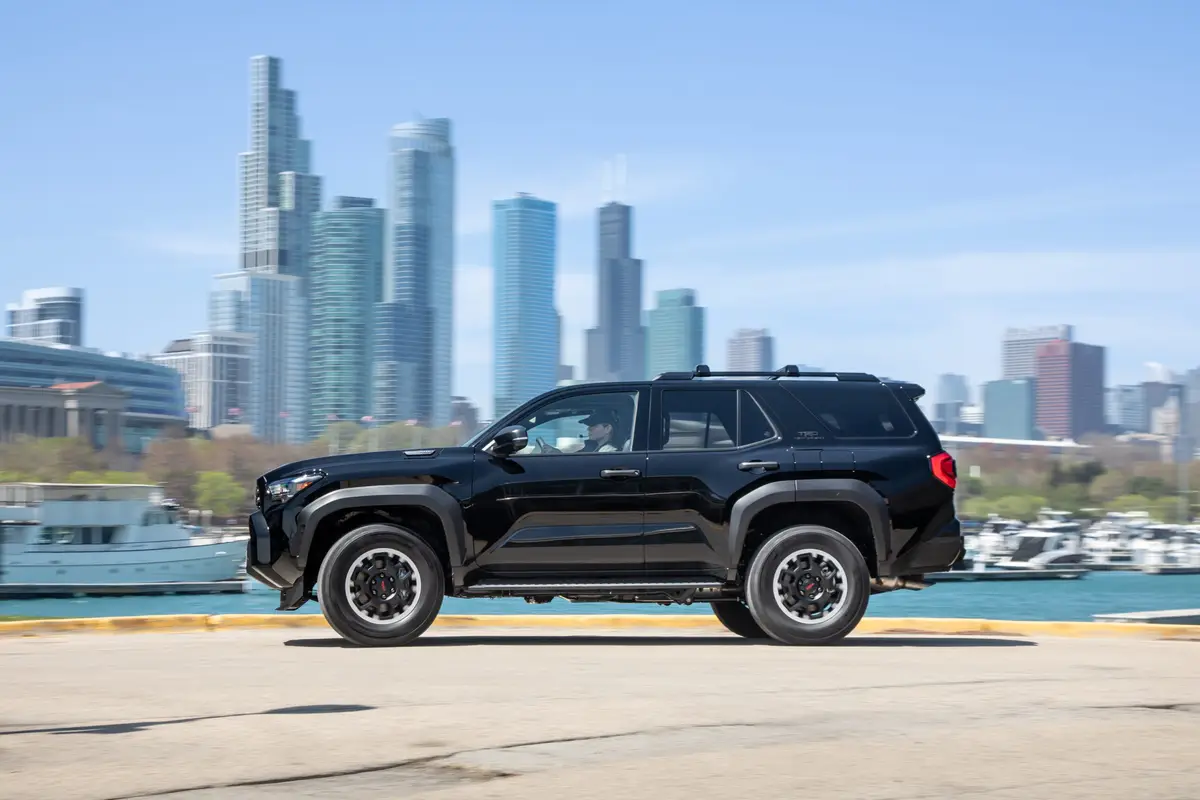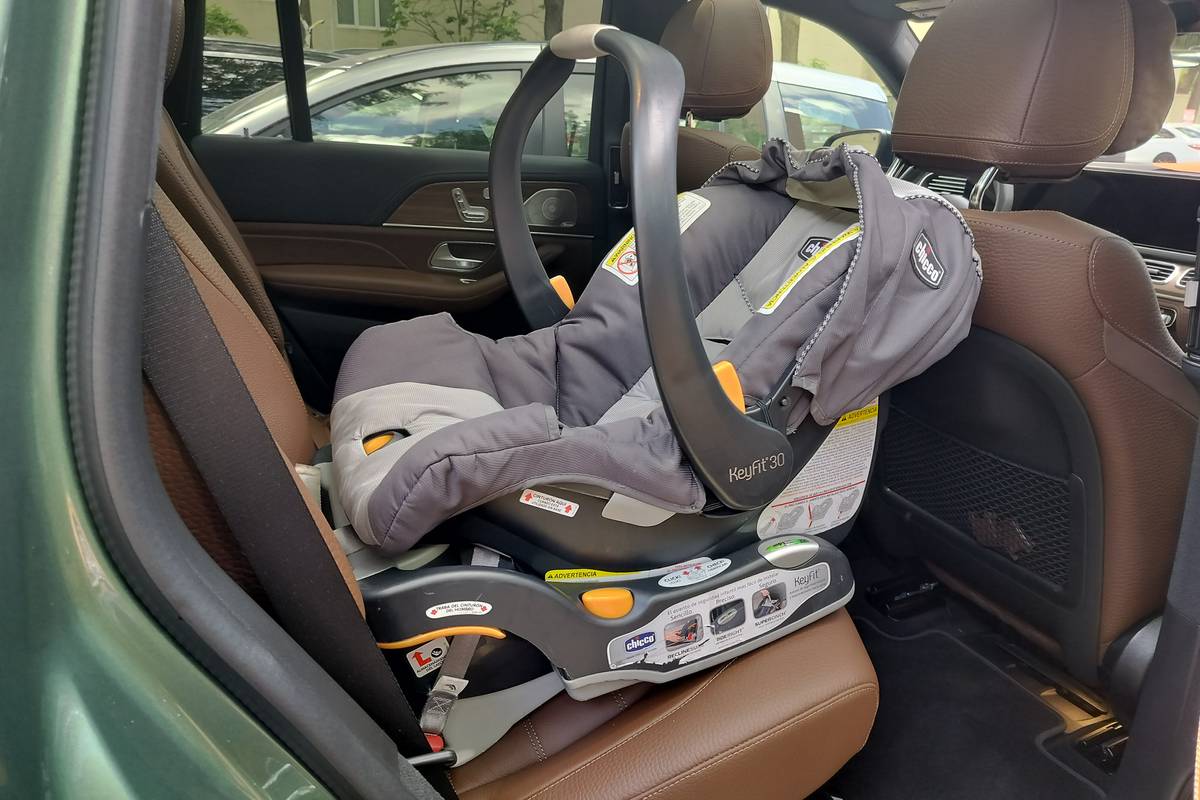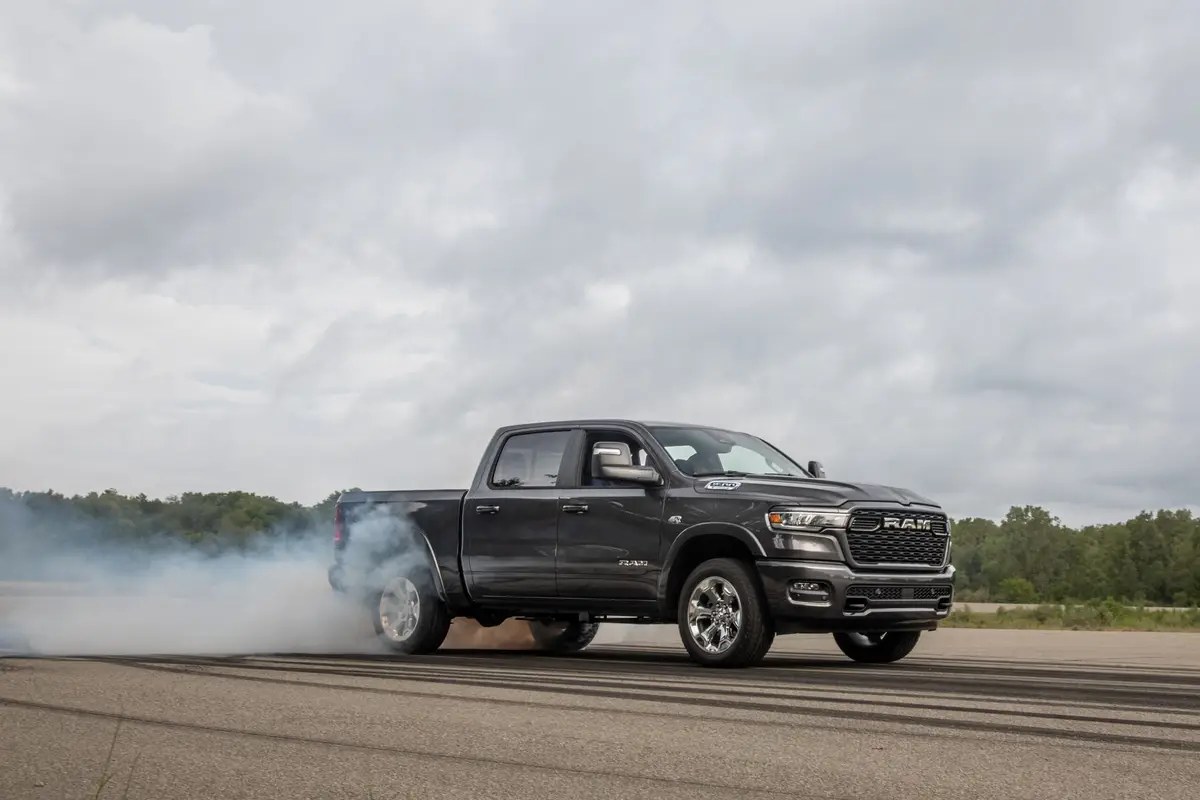washingtonpost.com's view
Value as the Best Revenge
2004 Suzuki Verona
It isn’t good to mess with little people. They get angry. Then they become dangerous.
Consider Suzuki Motor Corp., the smallest Japanese automaker doing business in the United States. Suzuki long has been the target of automotive jokes and lawsuits. Its Esteem and Swift models have been less-than-remarkable sellers stateside. Its tiny 1986 Samurai SUV, admired and much used in rugged Third World countries, made the cover of Consumer Reports magazine with a “not acceptable” rating.
Lawsuits and countersuits followed.
Through it all, Suzuki did not roll over and did not go away. It got better. And now, with the introduction of its well-crafted, smartly priced Verona sedan in this country, it poses a credible threat to the Toyota Camry, the Honda Accord, the Nissan Altima and the retooled Chevrolet Malibu.
Here is what I mean by “credible”:
You’ve got $20,000 to spend on a midsize sedan. You want to get as much as you can for your money. You walk into a Toyota showroom, and there is a base Camry LE with a five-speed manual transmission and an okay four-cylinder engine for $19,045. The four-cylinder Camry LE with the automatic transmission costs $19,875, and the base LE with the V-6 engine costs $22,260.
Something similar happens when you shop for an Accord, an Altima or a Malibu, whose base prices start at $18,370 for a four-cylinder model and rise to $22,870 for a Malibu LT V-6 sedan.
Stroll or drive over to Suzuki and look at the Verona, which is sold as the Daewoo Magnus overseas. Hmph. That’s really something. Here’s a front-wheel-drive car that has more room for legs and shoulders than the Accord; has more style than the Camry and Malibu; comes with a standard 155-horsepower, in-line six-cylinder engine and electronically controlled, four-speed automatic transmission — and can be had for $19,999, the price of the tested Verona EX.
That price includes a power moonroof, heated leather seats and an automatically dimming rearview mirror — as well as standard four-wheel anti-lock brakes.
You can save $1,000 by buying the reasonably well-equipped LX, or choose to save more by buying the base Verona S. All three models get the in-line six-cylinder engine and four-speed automatic transmission.
The Verona’s relatively low price does not mean low quality. That surprised me. But in retrospect, I shouldn’t have been surprised. Earlier this year I spent lots of drive time in the compact Suzuki Aerio sedan. It was the perfect urban runner — fuel-efficient, smartly styled, peppy and just plain fun. Build quality was excellent.
So, here is the Verona with many of the same favorable qualities, but only on a larger scale. The seats are comfortable. Quality is excellent, with the notable exception of a tacky chrome plate around the leather-wrapped gearshift lever. The in-line six-cylinder engine is smooth, reasonably powerful and remarkably quiet. The computer-controlled automatic transmission is a nifty piece of work. It “learns” your driving style and changes gears accordingly, maximizing engine performance and efficiency while minimizing fuel waste.
Suzuki is on a roll. It has the compact Aerio sedan and Aerio SX crossover vehicle. It has a bevy of sport-utility models — the Vitara V-6, Grand Vitara and XL-7. With the Verona, it’s moving into the highly competitive mid-size car market, and it’s planning to launch another assault on the compact market with its 2004 Forenza, which is coming to U.S. showrooms soon.
Considering those developments, allow me to amend my opening remarks. Suzuki isn’t getting mad. It’s getting even.
Nuts & Bolts
Downside: The Insurance Institute for Highway Safety knocked the Suzuki Aerio for having flimsy bumpers. The jury is still out on the Verona, although the test car fared well n bumper-to-bumper on-street parking in the District.
Also: Suzuki gets favorable attention for making that 155-horsepower in-line six-cylinder engine standard. But cylinder count isn’t everything: The base four-cylinder engine in the Camry LE puts out 157 horsepower, and the V-6 in the Chevrolet Malibu LT delivers 200.
Also: Suzuki needs to strengthen that tacky chrome plate framing the gearshift lever, or get rid of it altogether.
Head-turning quotient: Pleasant, timeless lines courtesy of Giugiaro Italdesign in Turin, Italy.
Ride, acceleration and handling: Very good in all categories. Nothing to please throttle jockeys, but they wouldn’t be looking at this car anyway.
Engine/transmission: The 2.5-liter in-line six-cylinder engine develops 155 horsepower at 5,800 revolutions per minute and 177 foot-pounds of torque at 4,000 rpm. It is mated to an electronically controlled four-speed automatic transmission.
Capacities: Room for five. Cargo space is 13.4 cubic feet. Fuel capacity is 17.2 gallons; regular gasoline is okay, but premium is recommended for best performance.
Mileage: I averaged 27 miles per gallon in mostly highway driving.
Safety: Front air bags; child-seat anchors in the rear; standard anti-lock brakes. Traction and stability control systems are optional.
Price: Base price on the tested EX is $19,499. Estimated dealer invoice price on base model is $18,200. Price as tested is $20,499, including $500 in options and a $500 destination charge.
Purse-strings note: It’s a buy. Compare with 2004 Chevrolet Malibu, Honda Accord, Hyundai Sonata, Nissan Altima, Toyota Camry.
Latest news



